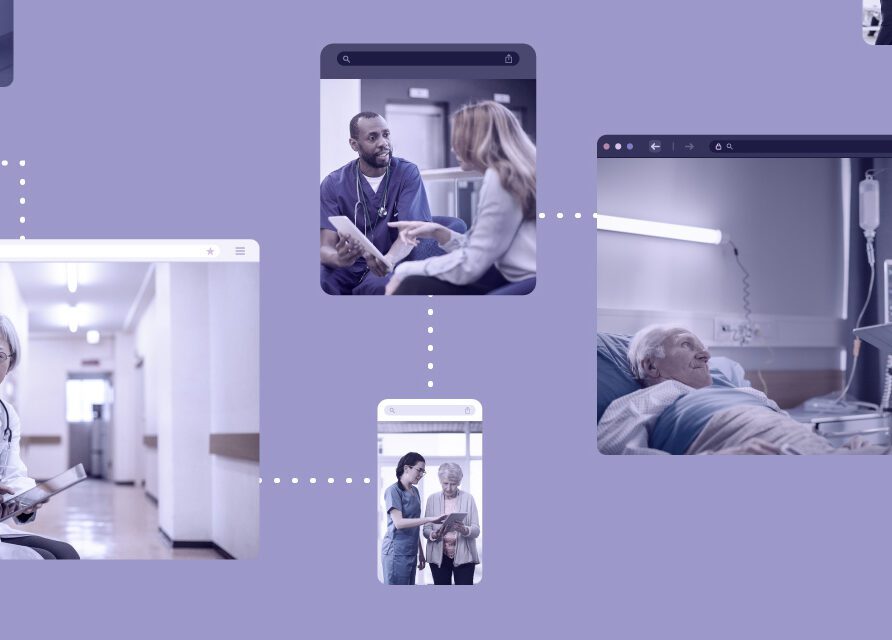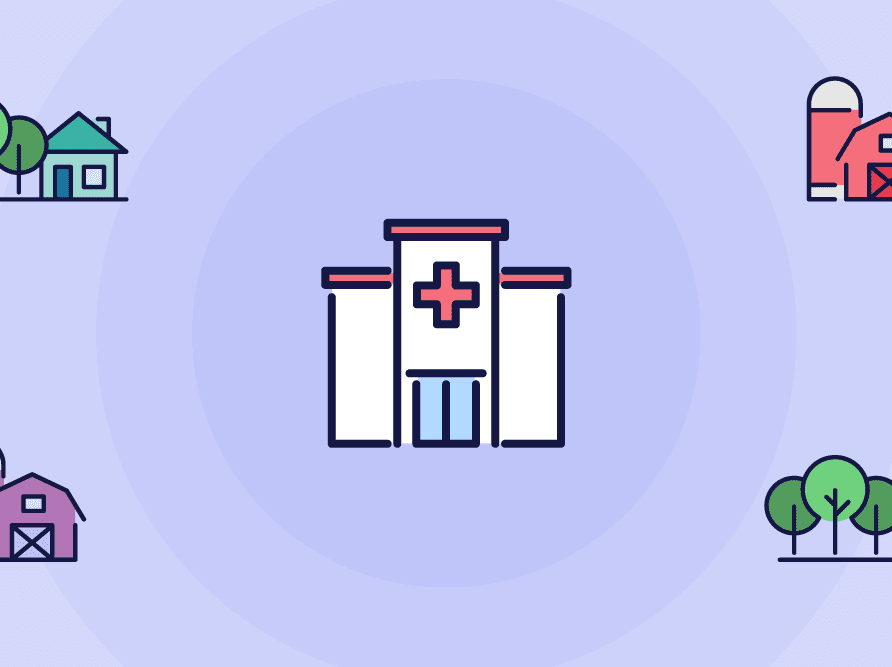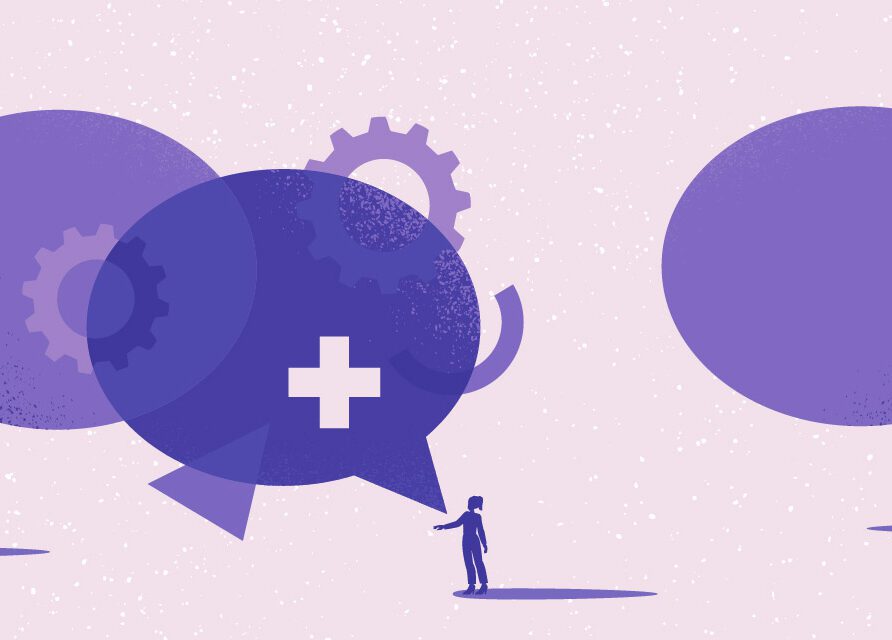Article
Digital health and diagnosis
Once aspirational, the benefits of “digital health” are quickly becoming a reality. Digital health is a term that’s often used in healthcare discussions, but what does it really mean?
According to the Healthcare Information and Management Systems Society (HIMSS), “Digital health connects and empowers people and populations to manage health and wellness augmented by accessible and supportive provider teams working within flexible, integrated, interoperable and digitally enabled care environments that strategically leverage digital tools, technologies and services to transform care delivery.” More simply, it is the use of technology to improve someone’s health and well-being.
The applications for digital health are extensive, but I’m going to focus on a particularly critical part of healthcare delivery: diagnosis. As defined in the 2015 National Academy of Medicine (NAM) publication Improving Diagnosis in Health Care, “the diagnostic process is a complex, patient-centered, collaborative activity that involves information gathering and clinical reasoning with the goal of determining a patient’s health problem.” A robust diagnostic process is essential for establishing a working diagnosis and determining treatment options with the goal of improving patient outcomes. A recent study, however, found that diagnostic errors affect at least 1 in 20 adults in the U.S. Digital health can provide the tools to create a more holistic patient view to improve diagnostic abilities.
To begin the diagnostic process, clinicians gather data. This includes discussing concerns with patients, reviewing their medical histories, performing physical examinations and conducting diagnostic tests. This process can happen in multiple settings, including primary and specialty ambulatory care facilities and acute care centers. And with digital health tools like wearable devices, remote monitoring and telehealth, data collection is now possible outside of the clinical setting. But to make an accurate diagnosis, clinicians may benefit from access to all the data collected, regardless of when or where the collection took place.
One feature of electronic health records (EHRs) is the ability to store health data in a common repository, making it accessible to the entire care team. Unfortunately, complicated user interfaces have historically made it difficult to capture important patient information within the EHR. By using Human-Centered Design principles to create more intuitive platforms, healthcare IT companies like Altera Digital Health are reforming the way providers interact with their EHRs and, in turn, improving the quality of clinical documentation.
EHRs are quickly evolving to be more than just a repository. Interoperable EHRs can connect to information exchanges and other organizations to pull patient data from a variety of sources in real time. While helpful in theory, this information tsunami can be overwhelming, and clinicians often find it difficult and time-consuming to filter relevant data to glean clinical insights. This is where access to data science tools like machine learning and artificial intelligence provide significant support. By assisting with pattern recognition and other aspects of clinical reasoning, these digital health tools can help augment clinical decision-making and improve health outcomes. These tools also have the potential to reduce the risk of cognitive bias and help clinicians more effectively and efficiently develop a care plan in partnership with their patients.
Digital health provides us with the opportunity to make meaningful improvements to the diagnostic process and patient outcomes. At Altera, we’re making strides with Sunrise™ 22.1 and Sunrise™ Air. To learn more about our products, go here.













